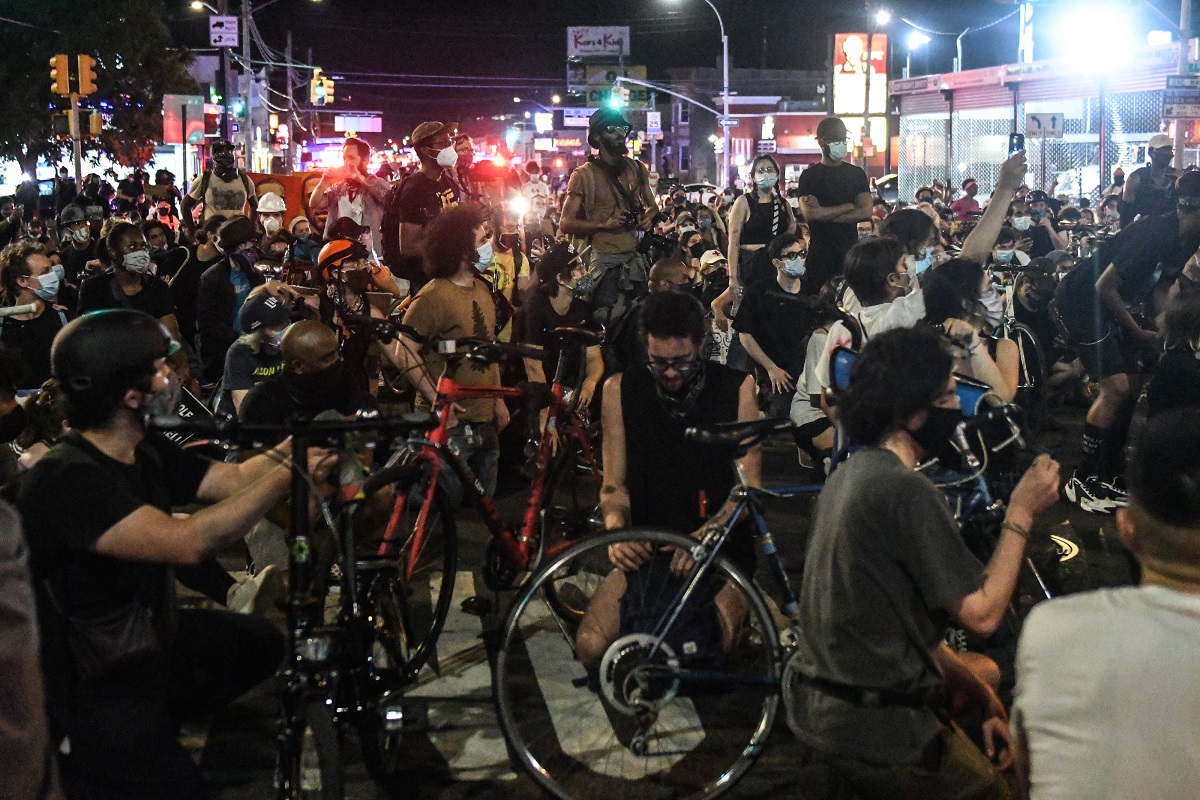At least 23 police officers were injured in past several days during ongoing protests against racism and police brutality in London sparked by George Floyd’s murder in US’ Minneapolis city last month, according to Jo Edwards, a police superintendent.
Thousands of people marched through central London on Saturday, despite the ongoing coronavirus pandemic and calls by the authorities to refrain from gathering to avoid a sharp increase in infections.
“We understand peoples’ passion to come and let their voice be heard, they protested largely without incident. Our officers have been professional and very restrained but there was a smaller group intent on violence towards police officers. Twenty-three officers have received injuries, doing their job, policing protest over the last few days, and that is totally unacceptable,” Edwards said, as quoted by a statement published on the London Metropolitan Police’s website.
During Saturday’s march, at least 10 policemen were injured and 14 people were detained, Edwards said.
Tens of thousands of outraged protesters from Sydney to London on Saturday kicked off a weekend of global rallies against racism and police brutality.
George Floyd, the African-American, who died in police custody on May 25, an unarmed black man in the US state of Minnesota, has brought thousands of protestsers onto the streets during a pandemic that is ebbing in Asia and Europe but still spreading in other parts of the world.
The protests have even resonated in war-scarred countries such as Iraq, where the “American Revolts” and the Arabic phrase for “We want to breathe, too” hashtags are spreading on social media.
Police and protesters clashed in numerous cities including Chicago and New York, with officers responding to projectiles with pepper spray while shop windows were smashed in Philadelphia.
Many held up signs and wore face masks marked up “I can’t breathe” — the words Floyd kept repeating while handcuffed as a policeman knelt on his neck.
Floyd’s death came during the spread of a disease that has disproportionately affected black people and ethnic minorities in global centres such as London and New York.
The widespread resort to uniformed National Guards units is rare, and it evoked disturbing memories of the rioting in US cities in 1967 and 1968 in a turbulent time of protest over racial and economic disparities.
The unrest has been the most widespread in the United States since 1968, when cities went up in flames over the slaying of civil rights icon Martin Luther King Jr, and rekindled memories of 1992 riots in Los Angeles after police were acquitted in the brutal beating of black motorist Rodney King.










